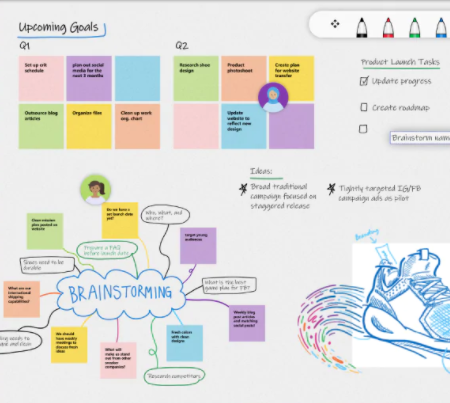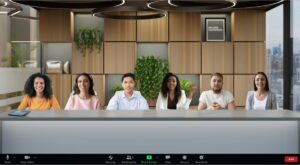Useful resources:
Your main choice is whether to use existing videoconferencing software or a specialised market research insight platform. An insight platform will:
- have specialised tools for respondent management
- enable seamless switching between groups, diaries, communities and other online methods
- have fully featured whiteboards and tools commonly used in research projects
Review of best video conferencing software 2022
See software for qualitative market research at Insight Platforms
EXPAND THE USEFULESS OF CONFERENCING SOFTWARE
- Collaborative whiteboards focus participants’ attention. If you want more features than the ones built into your conferencing software, look at: Microsoft Whiteboard, Miro and Mural.
- If you are looking to run workshops online, Sessionlab and Stormz both offer workshop facilitation software.
- ZipZap Ideas is an online platform for developing, refining, and evaluating ideas. IdeasFirst will run online workshops and provide creative facilitation training.
- If you can’t wait for the Metaverse, look out for AI powered modes that make people appear to be in a shared space

Hints and tips for setting up groups and depths online
- Check respondents’ devices and broadband in advance if any doubts
- Use a board to get to know them before the group and to follow up after
- Include some time to play with interactive whiteboards. If respondents can use them confidently engagement is better.
- Manage client expectations
Manage your online presence for better research
Because in qualitative research, the interviewer IS the research instrument. Participants respond to your facial expressions, your posture, and clues from your background.
- Sort out your audio, video and lighting.
- Manage your workspace
- Don’t feel trapped in a box

5 reasons to use a whiteboard for online qualitative research
- It avoids Zoom gloom and helps keep focus
- Stimulus material does what it says on the tin
- It’s visual thinking (and feeling)
- Learn from participant generated imagery
- Use projective and creativity techniques


